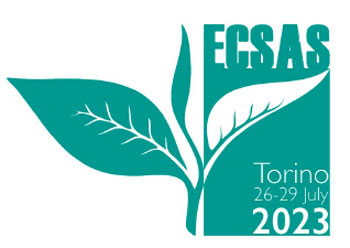Presenter
Trinco Letizia - Ghent University, Languages and Cultures, Ghent, BelgiumPanel
17 – More Than Human: Animal-Human Relations in Pre-Modern South AsiaAbstract
This work focuses on the interaction between the genus canis (more precisely, the domesticated subspecies canis familiaris) and human communities in South Asia beyond the symbolic dimension, which is apparent in Indic literature and ritual practices, but which does not say enough on the actual dogs-humans co-existence and co-action within their ecological context.
Iconographic and epigraphic evidence of South Indian hero-stones where deceased dogs are commemorated (from the 7th cent. CE) are taken here as a case study.
Dog-human proximity in South Asia is seen as early as in the prehistoric rock art at Bhimbetka, Madhya Pradesh; in the Indus Valley Civilisation the presence of semi-domestic and domestic dogs gains archaeological confirmation. Yet, from the late Vedic period onwards, despite the dog’s association even with major deities like Indra and Yama, Sanskrit textual sources increasingly stress his ambivalent nature and ultimately relegate him to the uttermost level of impurity.
Representations of dogs in ancient and pre-modern Indic art are rare, confined to specific episodes (e.g. Buddhist Jātakas) or contexts (e.g. vehicle/follower of Bhairava or his regional manifestations, like Khaṇḍobā in Maharashtra; companion of the god Revanta; aide of Saḷa, the legendary founder of the Hoysaḷa dynasty). In light of this, the depictions of dogs on memorial stones can hardly be overrated and become plastic evidence of the dog’s key role in defense, hunting and possibly warfare.


